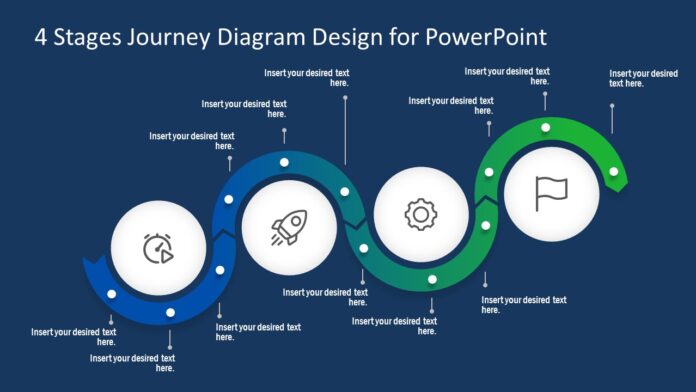Understanding the life cycle is important both at the initial application stage and during the repayment process. This knowledge will help you not to worry while waiting for the approval of your inquiry, as well as avoid possible fines in the process of repaying it.
Loan Life Cycle Time Frame
Just as there are plants on earth that live for a very short period, while others live for hundreds of years, installment loans differ in the length of their life cycle:
- Payday loans are returned from the next payment check.
- Personal loans vary in repayment length, but most range from 2 to 7 years.
- Car loans must be repaid over 6-8 years.
- Student loans have longer terms and can be repaid over 10-25 years.
- Home equity loans can last for 30 years.
Pre-disbursal and Post-disbursal Loan Phases
The entire life cycle of a loan can be divided into two main phases:
- Pre-disbursal phase is the period during which the borrower expects money from the lender.
- Post-disbursal phase is the period when the lender expects the loan to be repaid.
The success of the debt life cycle depends on the balance of actions of both the lender and the borrower.
Pre-disbursal Phase
- Stage 1. Selection of a lender. At this stage, you should make efforts to compare repayment terms from different lenders and select the best loan options.
- Stage 2. Submitting an application. A loan inquiry includes filling out an application form, as well as collecting the documents required by the lender.
- Stage 3. Review of the application. The relevant department reviews the application regarding the correctness of its completion and the completeness of the package of documents.
- Stage 4. Underwriting. During this stage, the lender tries to assess the borrower’s creditworthiness as objectively as possible based on their credit history, credit score, and other information.
- Stage 5. Loan approval. The lender determines the terms on which it is willing to provide you with a loan. If you are satisfied with all the conditions, you sign an agreement that stipulates all the details of loan repayment.
- Stage 6. Loan disbursement. The lender transfers the agreed amount of money to you either in one payment or in installments.
Post-disbursal Phase
- Stage 7. Regular loan repayment. After you have received the money, responsibility for the successful continuation of the life cycle passes to the borrower. You are required to repay the debt on time in accordance with the terms specified in the agreement.
- Stage 8. Full repayment of the loan. Once you have repaid the entire loan amount to the lender, the agreement is complete. You get rid of any obligations to the creditor and your cooperation ends.
The Bottom Line
Your borrowing experience depends on the smoothness of all stages of this journey. If the application is completed incorrectly, you will have to redo it. If the lender is not satisfied with the applicant’s credit rating, it may refuse to provide the loan. Then you can reduce the loan amount or repayment period and apply again. Knowing all the circumstances of the process of approving an application and repaying a loan, you will be able to show patience and perseverance and get the desired result.
